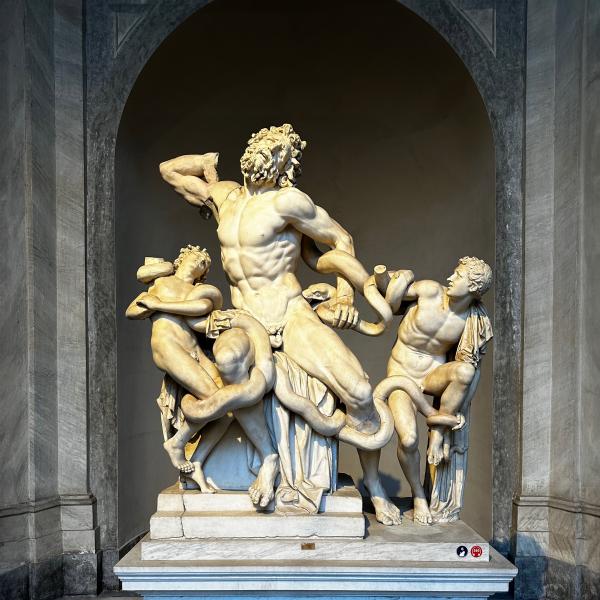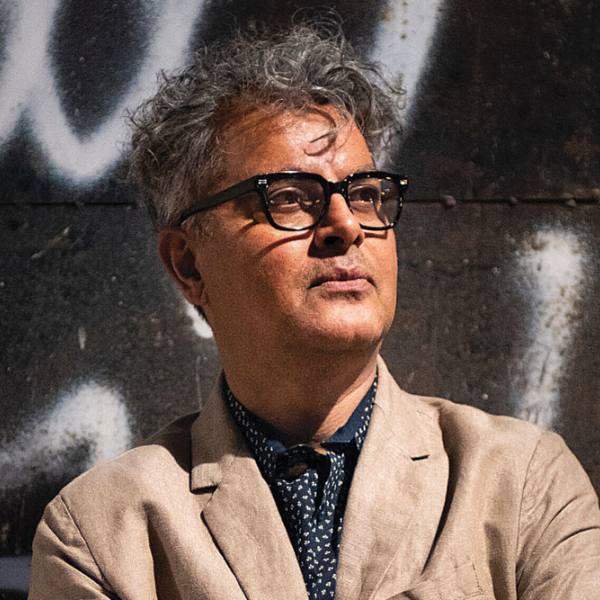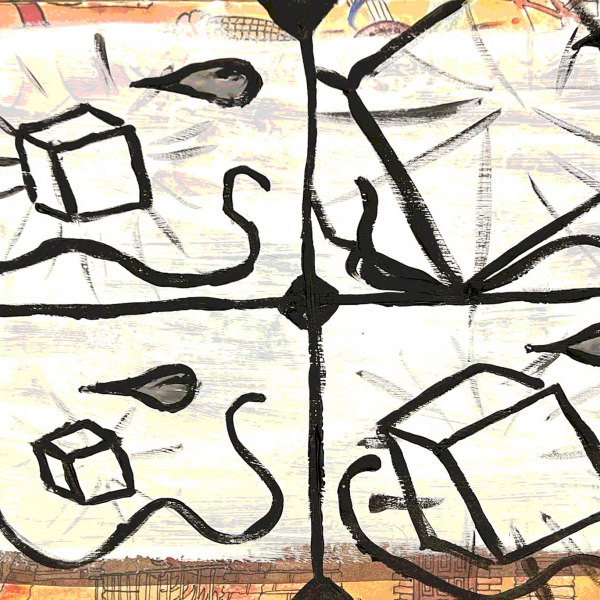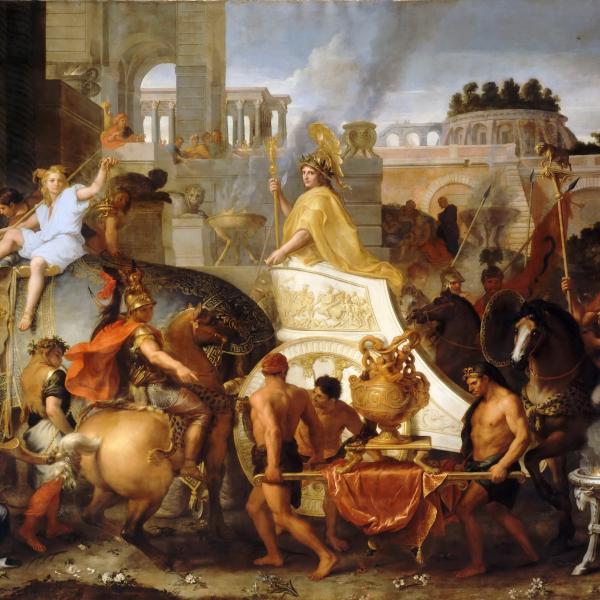By Tila Neguse
Over the past year, as the national conversation has turned to the militarization of police and the suppression of civil liberties, the subject of racial injustice has become a central focus of the discussion regarding St. Louis and Ferguson. The events in Ferguson highlighted long-standing structural and systemic inequities such as regressive socio-economic policies and discriminatory laws. It also galvanized the community into action and inspired a local resurgence of social justice–related art. At the intersection of art and activism, there exists a vibrant community of young poets, artists and filmmakers who are committed to telling their stories and lifting up their concerns through their work. On Saturday, October 3, the Center for the Humanities at Washington University brought together four of these artists to share their art and exchange their ideas on movement building.
“Arts in Struggle: An Afternoon of Creativity, Community and Dialogue on the Struggle for Racial Justice in St. Louis” featured the visual art of Damon Davis and De Andrea Nichols, a spoken word performance by poet Cheeraz Gormon and a screening of Katina Parker’s documentary film Ferguson: A Report from Occupied Territory. Across mediums, each of these artists weaves their narratives. The program was part of the Missouri Humanities Council’s annual Greater St. Louis Humanities Festival. This year’s theme is “Community Viability and Vitality,” which addresses issues such as “what hinders communities, what makes them sustainable, and subsequently what catalyzes their prosperity and growth.”
When asked about how he sees his work as an artist interacting with his racial justice activism, visual artist Damon Davis explains that it is much broader than that. He says, “I don't always see my work through the lens of racial justice. I feel that is too small of a scope because I think the work I try to produce is to get people to see the humanity in each other. My specific struggle and experience speaks to the black struggle, so I speak from that point of view, but my story is one of many in a sea of people all asking for their humanity. I hope what I make can be a tool in the liberation of black people all over the globe and thus become a tool to liberate all people.” The framework of humanity is key to the discussion of art and activism. The work of the showcased artists reflects both individual and communal expressions of what the movement for racial justice means.
For artist De Andrea Nichols, the issue is also more comprehensive, and identity is at the core of her art and her activism. As she explains, “My art has always reflected experiences sparked from my identity as a black, educated, queer-ish, woman — even since my youth. It comes from growing up in segregated, rural Mississippi, experiencing race-based bullying upon myself and peers, and even to sparking creative racial awareness campaigns on campus in college. The intersection of these identities pervade in my art, whether it's through stories that my creative teams and I engage or whether it's my own work in typography, media or graphic works. My voice as an activist is visual. My advocacy is through art. For me, art and activism are and have been inseparable — not just from the lens of racial justice, but also for my work in human rights causes and for mobilizing others for civic change making.”
Arts in Struggle: An Afternoon of Creativity, Community, and Dialogue on the Struggle for Racial Justice in St. Louis
Saturday, October 3, 2 pm
Satori Art Studio, 3003 Locust St., St. Louis, MO 63103 (midtown)




